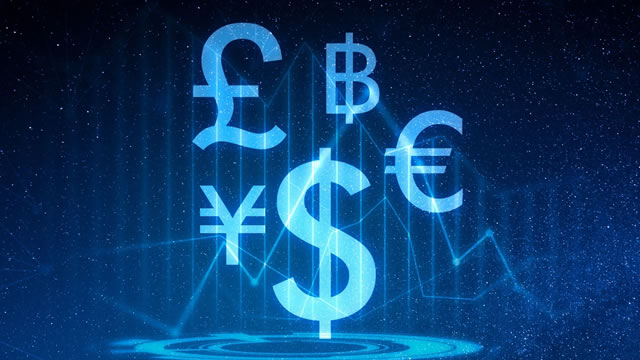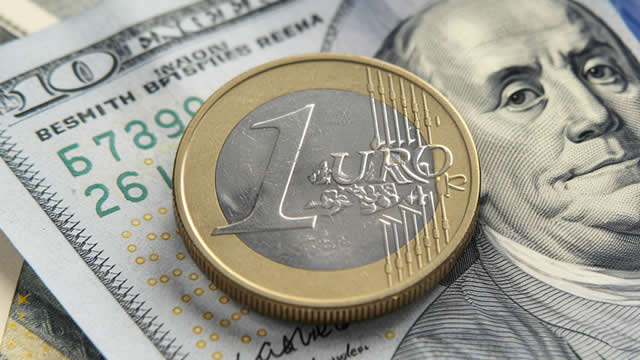The Downward Spiral of EUR/GBP: A Currency Pair Caught in the Crossfire of Economic Data
The European single currency, EUR, and the British Pound, GBP, have been making headlines lately as the EUR/GBP exchange rate continues its downward trajectory for the second consecutive day. Trading near the 0.8330 mark in early European hours, the currency pair is under pressure as the Pound Sterling strengthens.
UK’s Robust Economic Data
The catalyst for this trend can be traced back to the release of the United Kingdom’s Q4 Gross Domestic Product (GDP) and Retail Sales data on Friday. The GDP grew by 0.3% quarter-on-quarter, surpassing market expectations, while Retail Sales increased by 0.6% month-on-month, marking a 1.3% year-on-year growth.
The Impact on the Currency Market
These strong economic figures have boosted the confidence in the British economy and, as a result, the value of the Pound. The EUR/GBP pair, on the other hand, has been weighed down by the European Central Bank’s (ECB) dovish monetary policy stance and ongoing concerns about the eurozone’s economic recovery.
Effect on Individuals
For individuals holding investments in EUR or planning to travel to Europe, this trend could mean higher costs when converting their funds to GBP. Conversely, those holding GBP or planning to travel to the UK may find their money going further.
- European tourists visiting the UK may find their money buying less due to the stronger Pound.
- British expats living in Europe may see their income decrease when converted to their home currency.
- Businesses importing goods from Europe may face higher costs when paying in Euros.
Effect on the World
The weakening Euro could also have ripple effects on the global economy. European exports may become less competitive in international markets, potentially leading to a decrease in demand and a negative impact on the region’s economic growth.
- European exporters may face challenges in competing with cheaper goods from other regions.
- Countries with strong trade relationships with Europe, such as the United States, could see an increase in imports and a potential decrease in exports.
- Investments in European stocks and bonds could become less attractive to international investors.
Looking Ahead
As the EUR/GBP exchange rate continues to fluctuate, it is essential for individuals and businesses to stay informed about the latest economic data and market trends. In the coming days, investors will be closely watching the European Central Bank’s interest rate decision and the release of the European Union’s industrial production data for further insights into the eurozone’s economic recovery.
Conclusion
In summary, the EUR/GBP exchange rate’s downward trend is a reflection of the relative strength of the British economy and the challenges faced by the eurozone. For individuals and businesses, this means higher costs for some and potential opportunities for others. As the global economic landscape continues to evolve, it is crucial to stay informed and adapt to changing market conditions.





